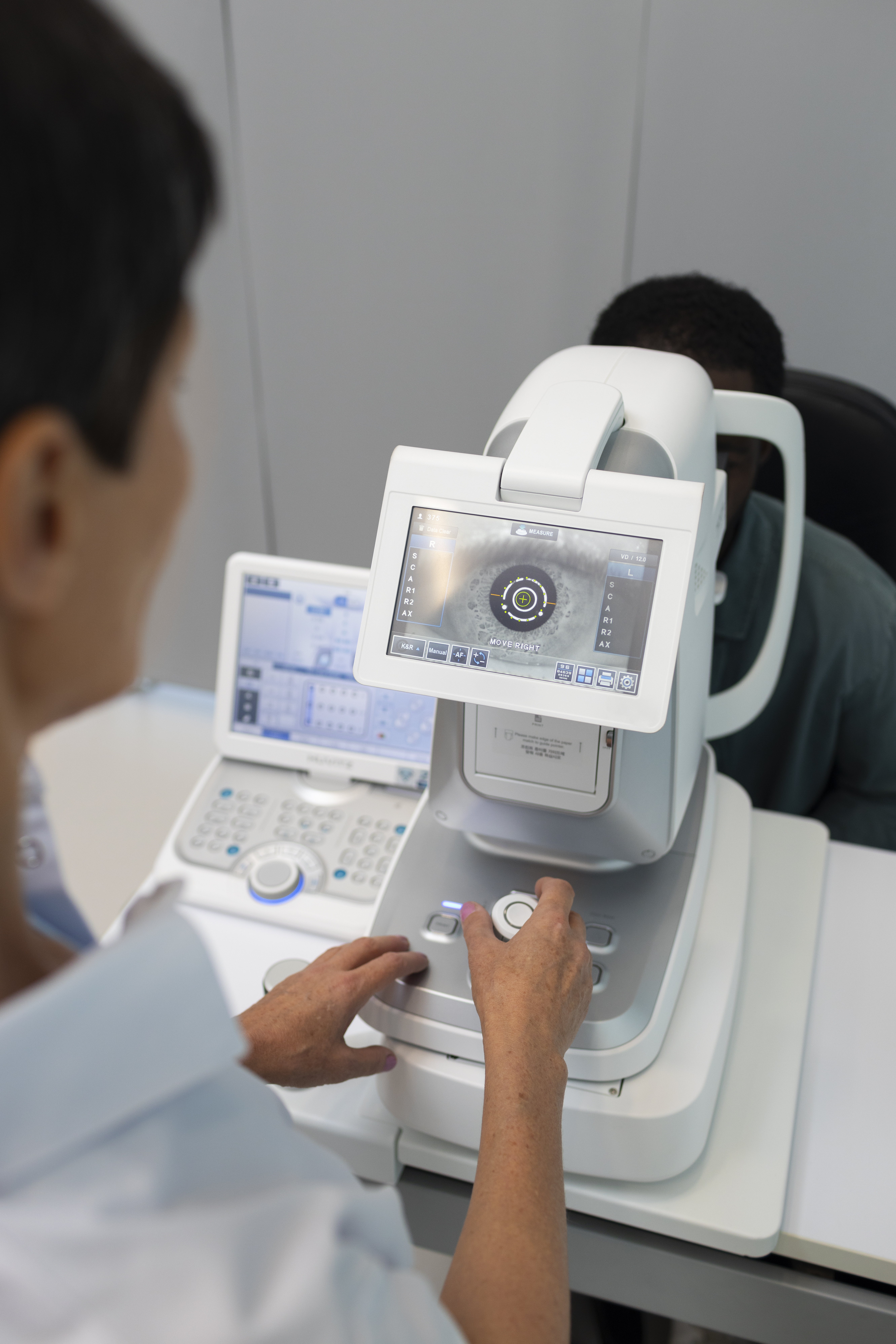Advancing Ocular Health
with Glaucoma Surgery
35+
Years Experience Team
12
Branches
35+
Years Experience Team
12
Branches
Book An
Appointment
All Insurances & Cashless Facility Available
About Glaucoma
What is Glaucoma?
A class of eye diseases known as glaucoma, which affects the optic nerve and causes progressive, permanent vision loss, is sometimes called the "silent thief of sight." Millions of people worldwide suffer from this ailment, and many are unaware of it until substantial damage has occurred. However, glaucoma can be prevented or slowed down in its progression, saving valuable eyesight, with early detection and treatment.
Silent Thief of Sight
Unfortunately, most glaucoma patients do not have any symptoms until the disease is quite advanced. This is because, in most glaucoma patients, the eye pressure (while high) is not high enough to cause eye pain or redness. Furthermore, the majority of glaucoma patients only experience peripheral vision loss, with central vision typically affected only later in the disease's progression.
- You are at risk of glaucoma if you are 60 years old or over
- Have a positive family history of glaucoma
- Have reduced corneal thickness
- Very short-sighted or very long sighted
- Have had prolonged use of steroid eye drops
Who is at risk of glaucoma?

Symptoms
Glaucoma typically develops gradually and may not cause symptoms until considerable visual loss occurs. But when they do appear, the symptoms could be as follows
- Hazy vision
- Severe discomfort in the eyes
- Headaches
- Halos circling lights
- Throwing up or nausea
- Tunnel Vision
Treatment
1. Medication (Eye Drops)
The first line of treatment for lowering intraocular pressure is frequently prescription eye drops. These drops cause the water-based humor to either drain from the eye more readily or produce less of it.
2. Laser Therapy
Effective methods for lowering intraocular pressure include selective laser trabeculoplasty (SLT) and laser peripheral iridotomy (LPI), which enhance fluid outflow from the eye.
3. Surgical Procedures
Patients with uncontrolled or severe glaucoma may require surgical procedures. Minimally invasive glaucoma surgery (MIGS), which uses less intrusive ways to increase fluid drainage, and trabeculectomy, which creates a new drainage channel, are among the procedures that Smart Vision Eye Hospital offers.
Diagnosis
1. Tonometry
measures intraocular pressure (IOP), a key sign for diagnosing glaucoma. Smart Vision Eye Hospital employs sophisticated tonometry methods to precisely determine IOP.
2. Visual Field Testing
Also termed perimetry, this exam assesses the entire visual field, both vertically and horizontally. It facilitates the identification of any glaucoma-related anomalies or areas of visual loss.
3. Optic Nerve Imaging
To see and evaluate the optic nerve head and nerve fiber layer, high-resolution imaging methods like optical coherence tomography (OCT) are employed. This helps in the early detection and tracking of the progression of glaucoma

Frequently Asked Questions
Answers to your most common questions about our hospital.
Glaucoma is a collection of disorders that affect the visual nerve, frequently as a result of elevated intraocular pressure. If neglected, it may lead to blindness and visual loss.
Glaucoma is classified into various types: primary open-angle glaucoma (POAG), angle-closure glaucoma, normal-tension glaucoma, and secondary glaucoma.
Glaucoma usually progresses slowly and has no obvious symptoms in the early stages. As the disease progresses, symptoms may include peripheral vision loss, tunnel vision, blurred vision, halos surrounding lights, and significant eye pain or headache.
While glaucoma can affect anyone, certain factors can raise the risk, such as age (especially over 60), family history of glaucoma, high intraocular pressure, certain medical disorders (such as diabetes and hypertension), and previous eye injuries or procedures.
A full eye examination is used to diagnose glaucoma, which may include intraocular pressure measurement, optic nerve examination, peripheral vision assessment, and corneal thickness measurement.
Glaucoma cannot be cured, although it may typically be successfully managed to slow or prevent additional visual loss. Medications, laser therapy, or surgery are commonly used to reduce intraocular pressure.






